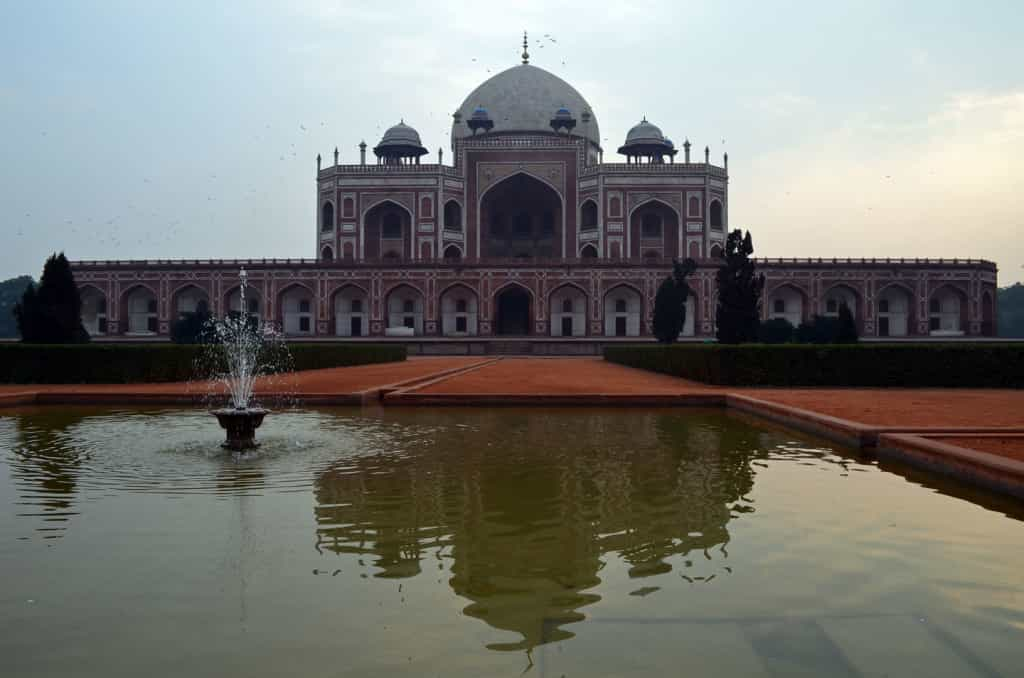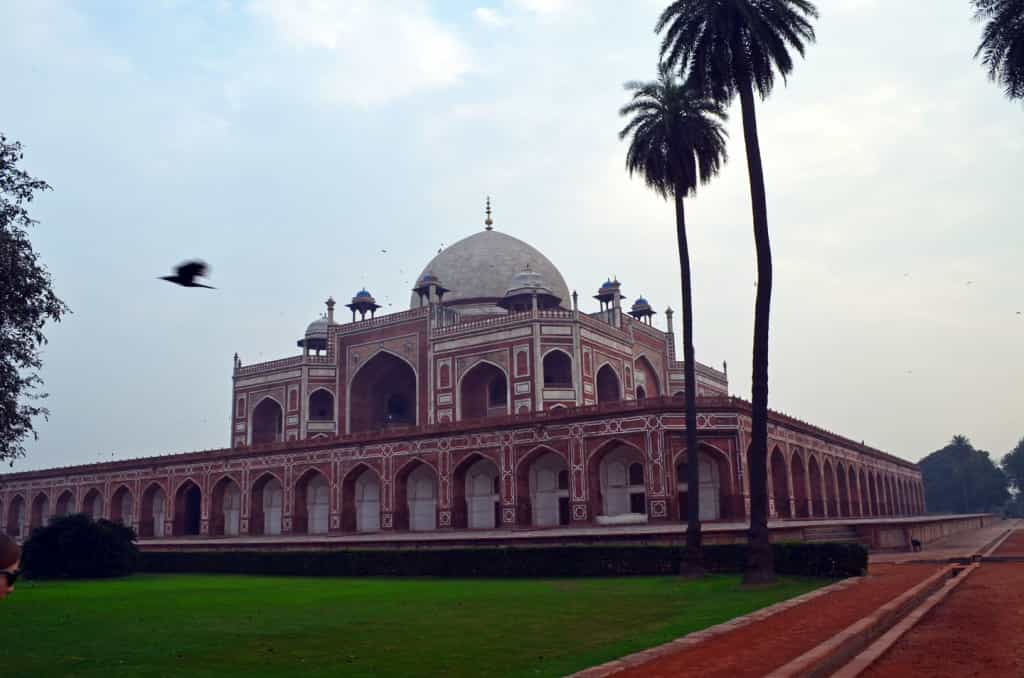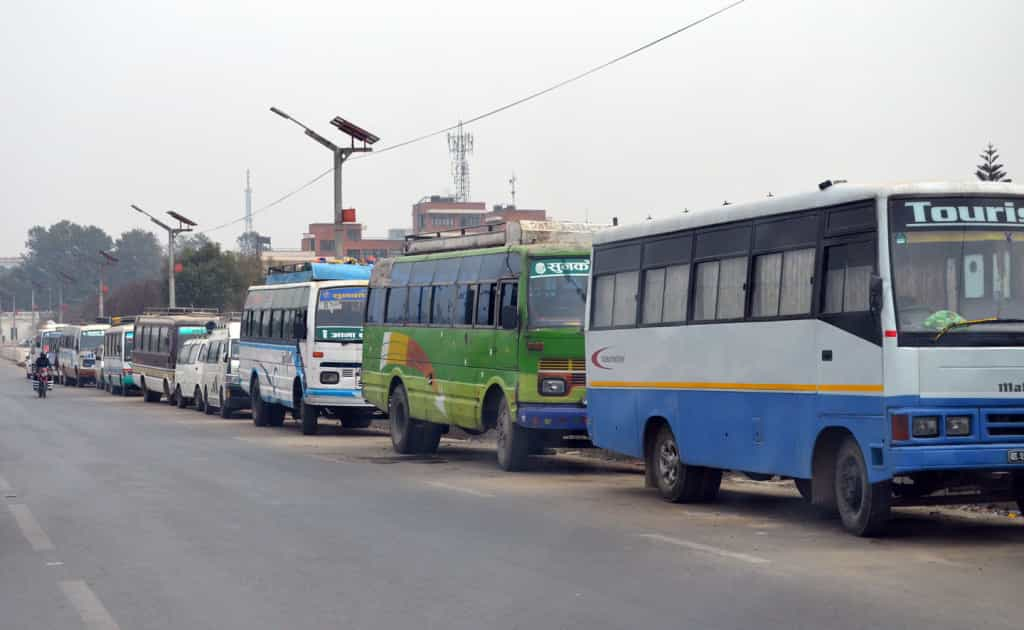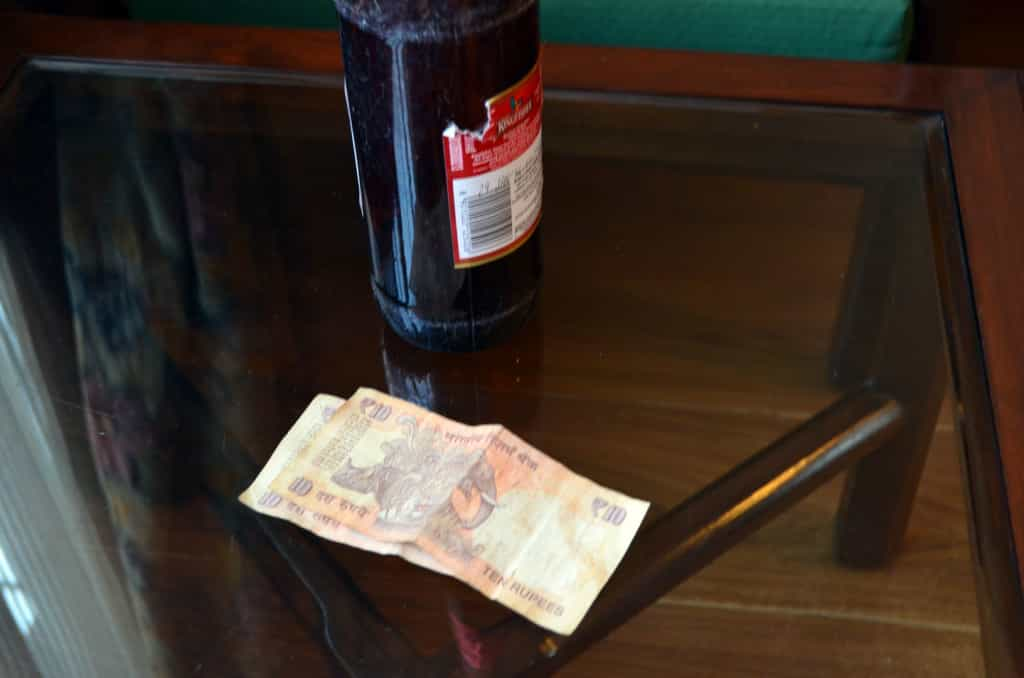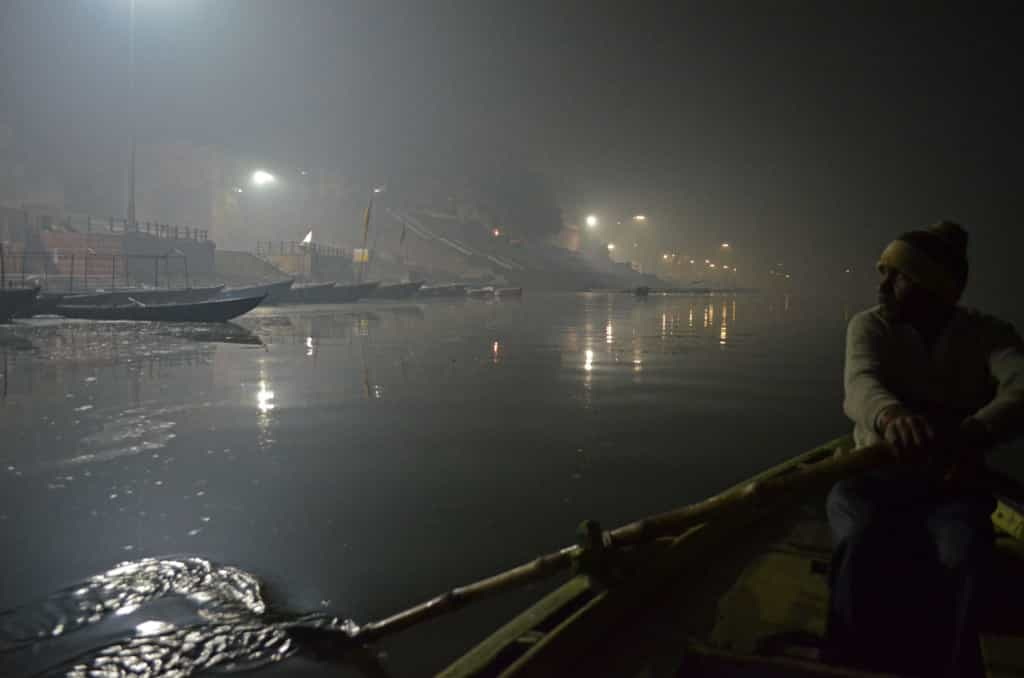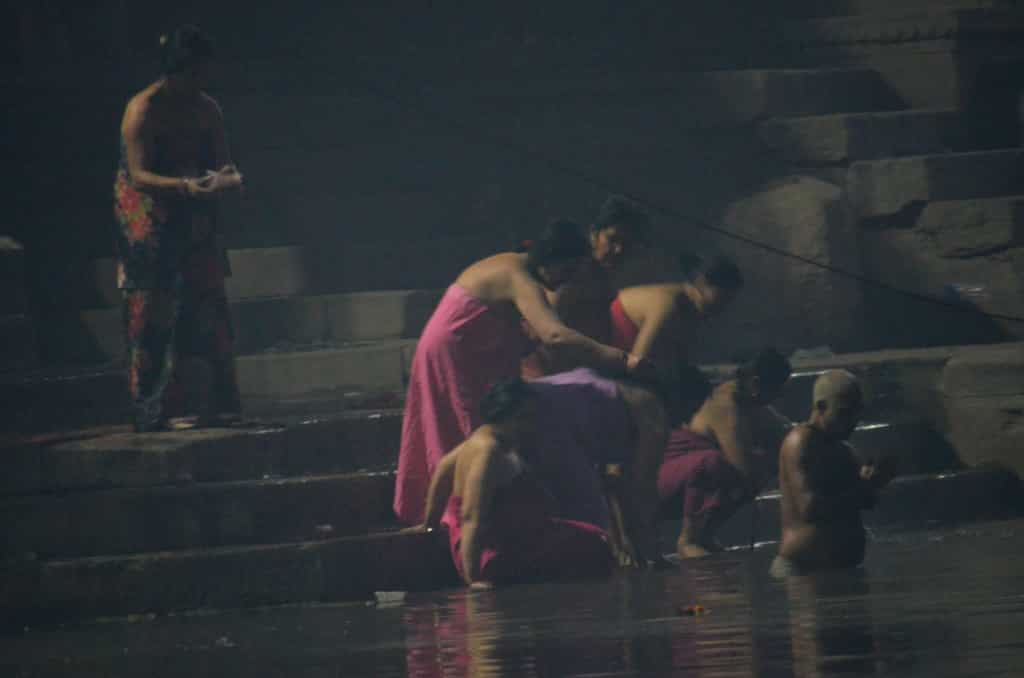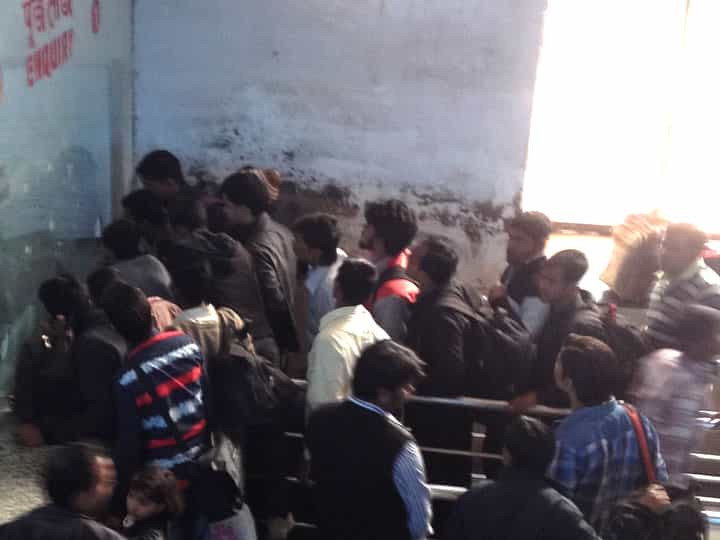This is the first picture I took in Azerbaijan.
What could possibly be interesting about this picture? To you, probably nothing. To me, it was amazing. Cars stopped to allow pedestrians to cross! A kind of civility I had not seen in a long time. But as a matter of fact, the country has a reputation for poor driving habits and a high rate of traffic fatalities. This only shows how everything is relative and a matter of perspective.
I didn’t know much about Azerbaijan before visiting. But I joked with my girlfriend that after a month in India, I would almost certainly like Azerbaijan no matter what.
The contrast was more than extreme! A city with sidewalks and pedestrian streets. They don’t smell like urine. People throw garbage in garbage bins. Cars drive for vast distances without ever honking. Young women walk in the streets after dark, unconcerned about getting raped. After weeks in India, I could not believe the utopia that was Baku and I walked around with a constant stupid grin on my face. People probably assumed I was a little deranged.
Despite the fairly cold March weather, a lot of people were walking around in the beautiful parks. I saw many people walking about with no apparent purpose, so I am guessing that just “going for a walk” is a popular activity. The city is certainly designed and maintained to make it pleasant. On a side note, you may notice a woman with a head scarf in the picture. Despite the country being around 95% Muslim on paper, it is a very secular place and this is a highly unusual sight. Maybe the only one I saw, aside from some Turkish(?) tourists. In fact, in school and universities, head scarves are banned. Most old women wear them, but that is not a Muslim thing at all, just an “old Soviet woman” thing. Any convenience store, grocery store, restaurant or cafe will also have all the beer and vodka you can drink in stock.
Honestly, if I said: “Look at this nice picture I took in Brussels”, you would believe me, yes?
Even the KFC looks nice! Continue reading















